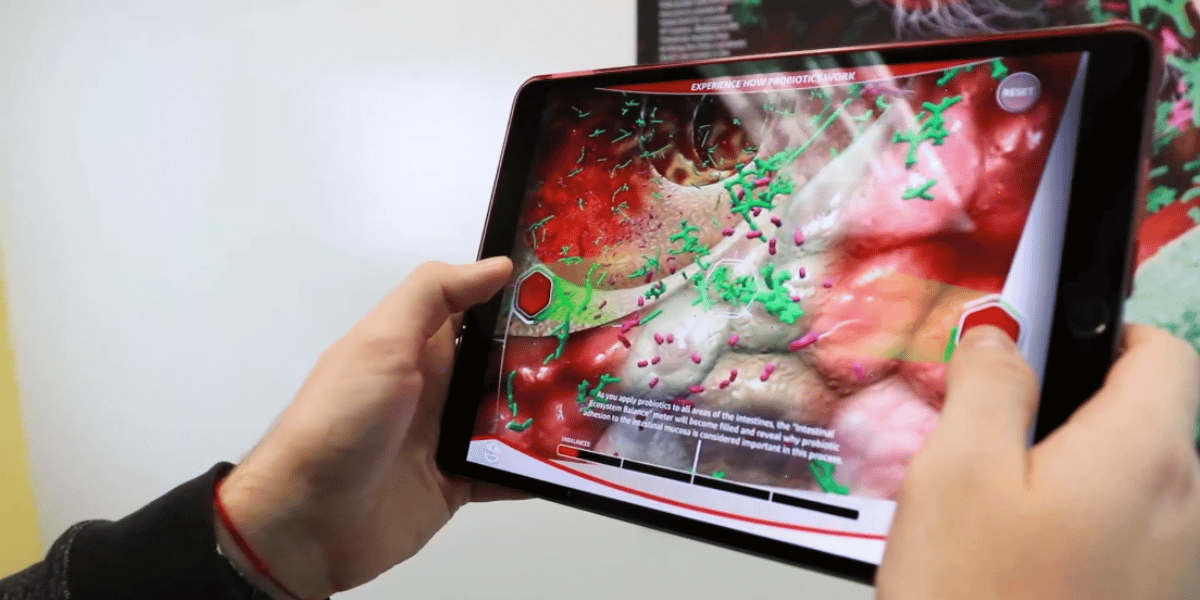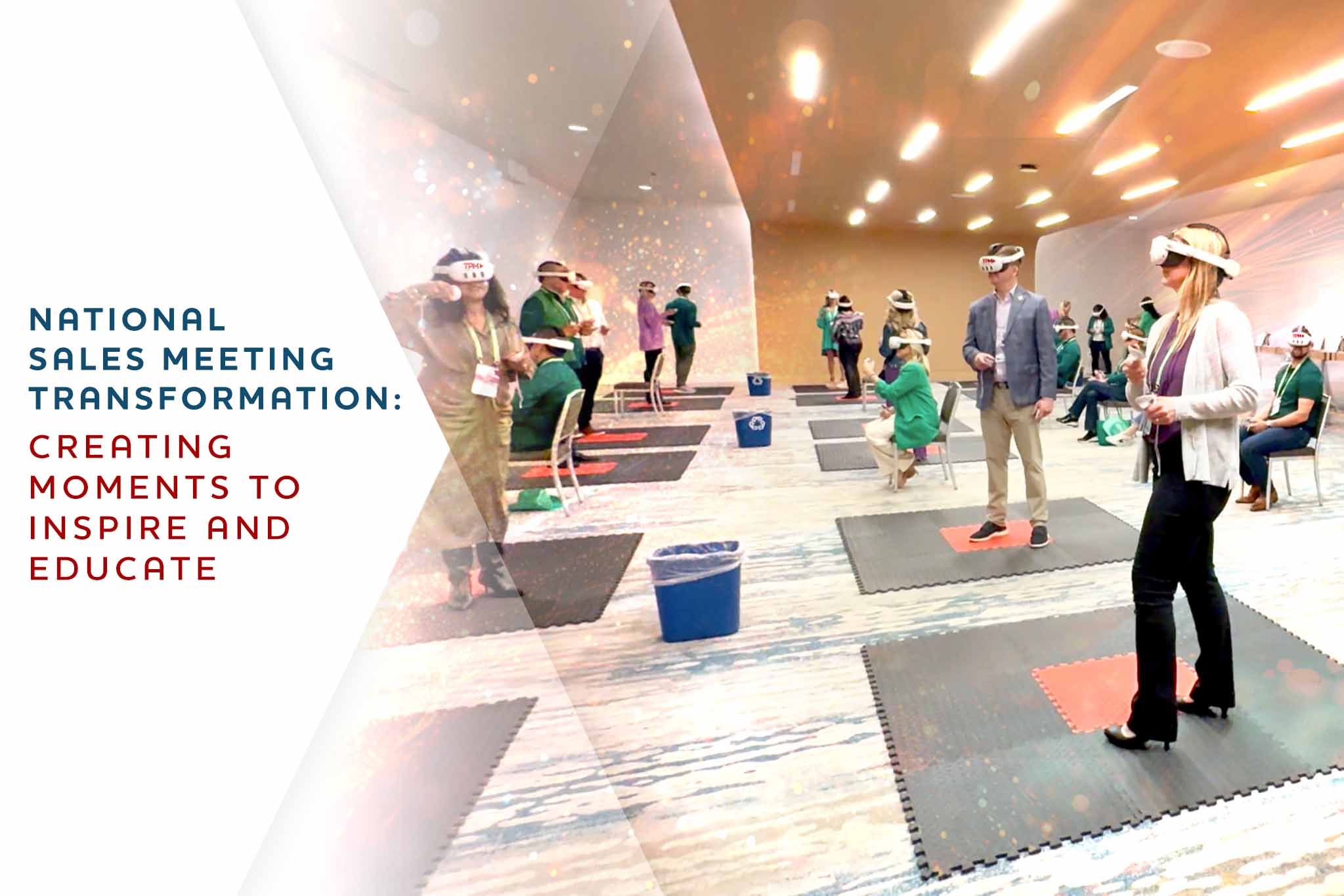Healthcare simulation training is a method of training medical professionals in a safe and controlled environment using simulated scenarios and technology. This type of training allows healthcare providers to practice and hone their skills in a realistic setting without putting actual patients at risk.
The use of simulation training has become increasingly important in the healthcare industry as it has been shown to improve patient outcomes and reduce medical errors.
The goal of this blog post is to provide readers with a guide for planning their investment in healthcare simulation training. It will cover various aspects of simulation training, including the types of simulation available, the benefits of simulation training, and how to develop and implement a simulation training program.
Additionally, the post will provide information on cost-effective ways to incorporate simulation training into a healthcare organization, as well as tips for evaluating the effectiveness of a simulation program.
Consideration #1: The type of simulation training needed
There are several different types of medical simulation training available, including virtual reality, manikins, and role-playing. Each type has its own unique advantages and may be best suited for different types of training and learners.
Virtual reality (VR) simulations use computer-generated environments and simulations to create a realistic and immersive experience for the learner. VR simulations can be used to train medical professionals in procedures and techniques that are difficult or impossible to replicate in a traditional classroom or clinical setting. VR simulations can also be used to train medical professionals in emergency or high-stress situations. The advantages of VR simulations include the ability to replicate real-world scenarios, the ability to control and manipulate the environment, and the ability to provide immediate feedback to the learner.
Manikins are physical models of the human body that can be used for training in procedures such as CPR, intubation, and intravenous (IV) insertion. Manikins are typically more realistic than virtual simulations and allow for hands-on training in realistic scenarios. The advantages of manikins include the ability to provide realistic training in procedures and techniques, the ability to practice physical techniques such as intubation and IV insertion, and the ability to provide immediate feedback to the learner.
Role-playing simulations involve actors playing the role of patients or other medical professionals in a simulated scenario. Role-playing simulations can be used to train medical professionals in communication and patient interaction skills, as well as in emergency or high-stress situations. The advantages of role-playing simulations include the ability to replicate real-world scenarios, the ability to practice communication and patient interaction skills, and the ability to provide immediate feedback to the learner.
The choice of medical simulation training will largely depend on the specific needs of the learners and the type of training required.
Consideration #2: The size and scope of the training program
The size and scope of a medical simulation training program are important considerations because they directly impact the budget and resources required for the training. For example, a program that is designed to train a large group of medical professionals over a prolonged period of time will require more equipment and facilities than a program that is designed to train a smaller group of medical professionals over a shorter period of time.
Additionally, a larger program will require more personnel to manage and oversee the training, which will also increase the overall cost of the training.
It’s also important to consider the type of simulation being used, as different types of simulations have different costs associated with them. High-fidelity simulations that closely replicate real-life scenarios are typically more expensive than low-fidelity simulations that are less realistic.
Considering the size and scope of a medical simulation training program is crucial as it affects the overall budget and resources required for the training. The program should be designed to meet the specific needs of the participants while keeping the cost and resources in mind. It’s important to strike a balance between the two, to ensure that the training is effective and efficient.
Consideration #3: The level of realism and interactivity desired
Medical simulation training can be classified into different levels of realism and interactivity. The most basic level of simulation training is the use of mannequins, which are typically used to teach basic procedures such as CPR or intubation.
The next level of realism is the use of task trainers, which are typically used to teach more advanced procedures such as surgical procedures. These trainers are typically made of silicone or other materials that mimic the look and feel of human tissue. They can be programmed to simulate bleeding, swelling, and other responses to procedures, and almost have the same level of realism as a human body.
The highest level of realism is the use of virtual reality (VR) or augmented reality (AR) simulation training. These simulations use computer-generated images and sounds to create an immersive environment that closely mimics real-life situations. VR and AR simulations can be programmed to simulate various physiological responses, such as pulse and breathing, as well as other realistic responses to procedures, such as bleeding and swelling.
The interactivity level also affects the effectiveness of the simulation training. The basic level of interactivity is the use of mannequins or task trainers, which typically only allow the trainee to perform a specific task or procedure. The next level of interactivity is the use of VR or AR simulations, which allow the trainee to interact with the virtual environment and make decisions based on the simulated situation.
The budget and resources required for medical simulation training will depend on the level of realism and interactivity desired. The use of mannequins or task trainers is typically less expensive than VR or AR simulations, but they do not provide the same level of realism and interactivity. VR or AR simulations require more equipment, such as VR headsets or AR devices that have become more affordable than ever in recent memory, and may also require additional resources, such as computer servers and software development expertise.
Consideration #4: The impact of the training on patient care
Medical simulation training is an important tool for healthcare professionals to improve their skills and knowledge. By simulating real-life scenarios, healthcare professionals can practice procedures, diagnose patients, and make decisions in a controlled environment before applying their knowledge in actual patient care. This allows them to gain confidence and experience in a safe and controlled setting, reducing the risk of errors and improving patient outcomes.
Simulation training also allows healthcare professionals to learn and practice new procedures and technologies that may not be readily available in their clinical practice. This can help to keep them up-to-date with the latest advances in medicine and ensure that they are providing the best possible care to their patients.
Additionally, simulation training can be used to assess the performance of healthcare professionals and identify areas where they may need further training or support. This can help to identify and address any gaps in knowledge or skills, and ensure that all healthcare professionals are providing safe and effective care to their patients.
Medical simulation training is an important tool for healthcare professionals to improve their skills and knowledge, and ensure that they are providing the best possible care to their patients.
It allows them to practice procedures, diagnose patients, and make decisions in a controlled environment before applying their knowledge in actual patient care, and also allows them to learn and practice new procedures and technologies that may not be readily available in their clinical practice. Simulation training also allows for the assessment of the performance of healthcare professionals, identifying areas for improvement and ensuring that all healthcare professionals are providing safe and effective care to their patients.
Tipping Point Media is Your Healthcare Simulation Training Solution
Are you looking for a reliable healthcare simulation training solution? Look no further than Tipping Point Media! Our innovative platform offers a wide range of simulations, from basic procedures to complex emergencies, to help healthcare professionals of all levels improve their skills and knowledge.
Our simulations are realistic, engaging, and customizable, allowing learners to practice in a safe and controlled environment. With Tipping Point Media, you can be confident that your team is prepared for any situation they may encounter on the job.
Don’t just take our word for it, try our simulation platform for yourself and see the difference. Sign up for a free demo today and experience the power of Tipping Point Media’s healthcare simulation training solution.



